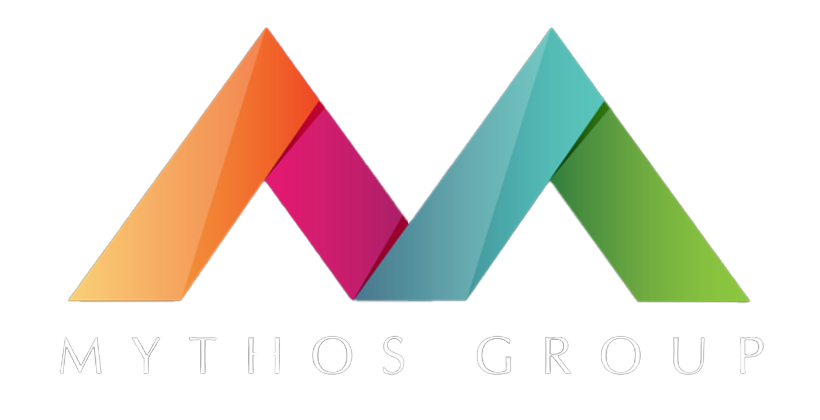With so much in the world-changing daily – our work, economics, education, shopping, travel, socializing, consumer behavior – it may be difficult to understand why I’m suggesting that now might be the perfect time to make yet another change.
Many companies were caught off-guard when the pandemic hit, unprepared for the violent disruption it would cause to their businesses, customers, and employees. That’s why organizations need a structured, systematic approach to transformation, not as an individual project, but rather at the enterprise level.
Creating a Change Management Office (CMO) – or improving one that already exists – not only manages future risks and mitigations, but ensures a consistent approach to business transformation, communications, training, and talent management. Most importantly, it focuses proactively on managing the people side of change.
In the paper I’ve written for Mythos Group, I outline six key steps to build a successful CMO:
- Design the structure
- Craft a framework
- Build the dream team
- Develop capabilities
- Create a master plan
- Share successes
Choosing The Right Model
I dive deep into each of those steps in the paper, and even provide a sample of a CMO structure along with roles and responsibilities. But there are a few considerations to take into account before launching headlong into setting up a CMO.
- Level Of Change Maturity: There needs to be a full understanding of the organization’s existing change management infrastructure, methodologies, documentation, and, perhaps most importantly, which are currently being used successfully. If nothing exists, then the main function of the CMO will be to build these elements.
- Complexity And Scale Of The Change: If an organization plans to undertake large, transformational change, it’s unlikely to be able to achieve its goals without multiple, smaller change projects. They often require a higher degree of control, and full-time dedicated resources. Conversely, small scale, incremental changes that take place within individual departments and teams require a lesser degree of control, and few dedicated resources.
- CMO Location: Establishing a CMO in the right place within an organization optimizes its effectiveness every day. Conversely, the wrong location can do as much harm as good, compromising a change management office’s potential before it starts. Think about locations within the organization that provide access to and visibility in all change initiatives, places that have a high level of credibility, and areas with strong leadership support with enterprise-wide impact.
By having a deep understanding of the existing change management capabilities and environment, it’s easier to choose the right CMO model for the organization and therefore have a greater likelihood of adoption and sustained success.
Yes, the COVID-19 situation has unique aspects that will likely impact businesses for years, but organizations that can institutionalize change management now are more likely to cope with any upheavals to come.
Mythos Group’s white paper, Building an Effective Change Management Office, contains more detail on this and other recommendations, and is available to download for free from https://bit.ly/MG-White Papers.







